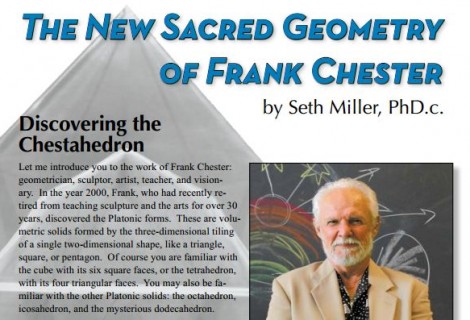An Esoteric Guide to Spencer Brown’s Laws of Form #4
« Previous Page | 1 2 3 4 | View All | Next Page »
It is worth pointing out that GSB, thankfully, is very clear that, even though his two primitive equations express equalities, the direction matters. To state it another way, this is another example of the importance of the distinction between N and N+1. At the level N we simply have the two equations, and one side simply is identical with the other. But whether you start from the left and move across the equal sign to the right or vice versa is significant. GSB even gave names to these differences: he calls them like this:
LoF p. 10
Keeping with the esoteric theme, we would note, based on our previous discussion, that these also all embody the “fifth essence”, the “C” of Glanville, the transfer function, the Cosmic Christ. So we have here two polarities, one of distinction (between number and order, which can be taken as GSB’s way of speaking about N and N+1), and one of direction (between condensation and confirmation, and between cancellation and compensation). The first polarity is, as we have seen, a vertical polarity; it is responsible for all hierarchy, and it is what was not explicit in Glanville’s works. The second polarity is a lateral polarity: it is responsible for the creation and dissolution of content for each hierarchical level.
Why is this worth pointing out? Because herein lies a formalization of a very deep esoteric principle, which is that everything that is, because it is, can transform. Remember, we are trying to speak here about the very source of all possible logic, so what we find in this realm should have serious implications for every actual logic, and therefore for every implementation of every actual logic. This is to say, the work here is looking towards the fundamentals of all epistemology. At the same time we are trying to speak about the very source of all possible form, for the existence of existence as such, regardless of its form. This is to say, the work is also looking towards the fundamentals of ontology. What is important, esoterically, is that we find out that at their roots, both epistemology and ontologymeet and unify in a complex, recursive way. Knowing and Being form a complex, recursive unity.
It is actually very clear to GSB that his work is meant explicitly to unite epistemology an ontology. He states that:
LoF p. 101
- Throughout the essay, we find no need of the concept of truth, apart from two avoidable appearances (true = open to proof) in the descriptive context. At no point, to say the least, is it a necessary inhabitant of the calculating forms. These forms are thus not only precursors of existence, they are also precursors of truth.
This provides an interesting (and transformative) perspective on the question of why it is that we can know anything, and also on what it is that is possible to know. The scope of these questions in their details is beyond the current exploration, but suffice it to say, embedded in these formal equations lies a secret to esoteric transformation: indicating both that it is possible, and also something about how it is possible. You may even, if you are keen, note that it tells you something specific about what it looks like to transform, and thus how to do it.






